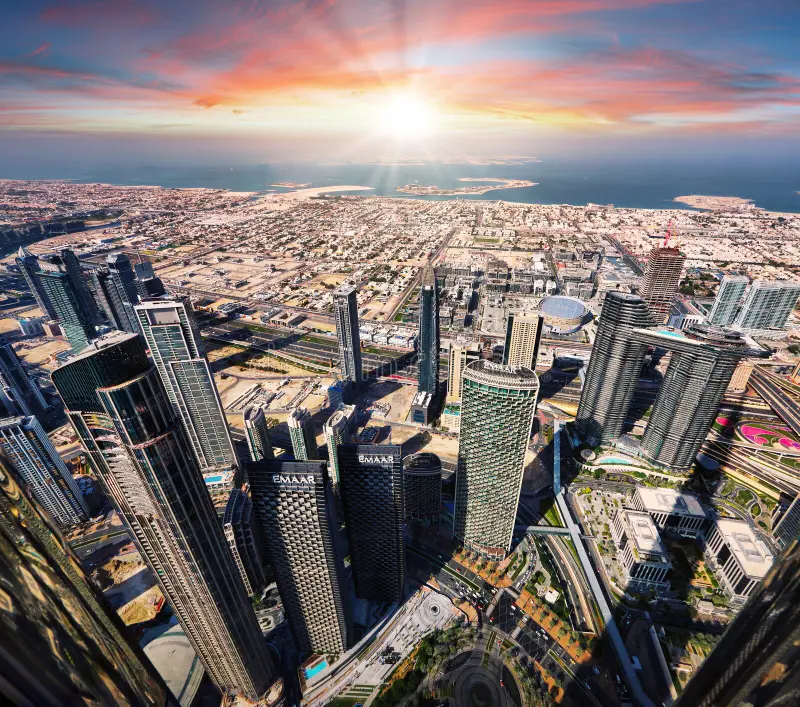WE ARE here to assist you!
Leave a message and get a personal answer

In Dubai, a new bridge, metro extension, or highway doesn’t just cut travel time — it changes the real estate map. Buyers and investors know it: the moment a major infrastructure project is announced, off-plan demand nearby usually spikes. In 2025, it’s clearer than ever that infrastructure is one of the strongest forces shaping property demand in the city.
Developers can promise a lot — parks, amenities, lifestyle. But the real game-changer is what sits outside the gates.
A project that’s ten minutes from a new metro station will feel more valuable than one twice the size but isolated. A villa community with a new road link suddenly looks like a smart investment instead of a long commute nightmare.
That’s why serious buyers don’t just look at the floorplan; they study the city’s master plan.
Dubai’s story is basically told through infrastructure. Sheikh Zayed Road made high-rise living viable. The first metro line reshaped rental patterns across the city. Expo 2020 infrastructure opened up whole new pockets for development, like Dubai South.
Every time a new connection appears — road, rail, or even pedestrian-friendly areas — property values nearby feel the ripple.
It’s not hype — it’s lived reality for anyone who’s been watching this market.
Off-plan buyers are forward-looking. They’re not just buying what exists today — they’re buying into a story of what’s coming.
So if a new metro stop is two years away, it lines up perfectly with a project delivering in three. Investors know by the time keys are handed over, the infrastructure will already have changed the area’s profile.
Ready properties don’t carry the same multiplier effect because the “future upside” is already priced in. Off-plan is where infrastructure buzz translates into immediate sales momentum.
Ask investors why they’re piling into a certain launch and you’ll often hear the same things:
It’s not just about lifestyle convenience; it’s about rental demand and resale appeal. Tenants will pay for shorter commutes and better access. Buyers will value being part of an area that feels connected, not cut off.
Not every infrastructure promise pans out on schedule. Some projects take longer than expected, which can frustrate buyers banking on quick upside. That’s why it’s important to check official timelines, not just marketing slides.
Still, even delayed projects tend to pay off eventually. The long-term trajectory is clear: when Dubai invests in infrastructure, surrounding communities rise with it.
If you’re trying to think ahead as a buyer or investor, here’s what to look at:
It’s easy to get caught up in maps and projections, but on a day-to-day level, this is about how people live.
A parent shaving 20 minutes off the school run. A young professional being able to take the metro instead of driving. Families suddenly seeing a suburban community as viable because the highway link makes it realistic.
These everyday shifts are why infrastructure matters. They’re what turn an isolated project into a thriving neighborhood.
In Dubai, infrastructure doesn’t just support real estate — it reshapes it.
Every bridge, every metro line, every new connection creates a ripple that spreads through the market. For off-plan buyers, those ripples often translate into real returns, because they’re buying at the moment when the story is just beginning.
And if history tells us anything, it’s that betting on Dubai’s infrastructure has usually been a bet that pays off.








Leave a message and get a personal answer